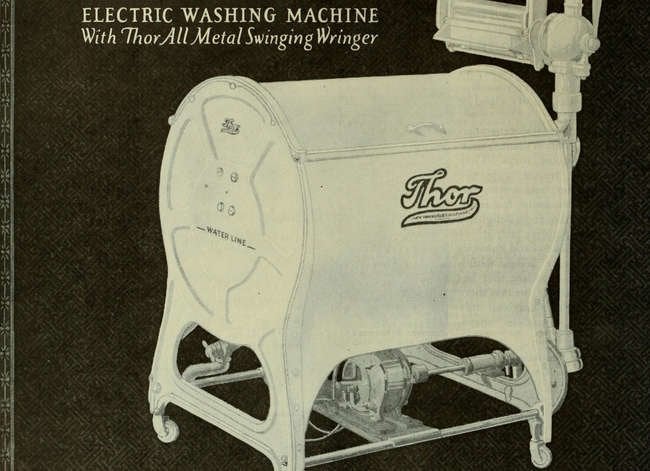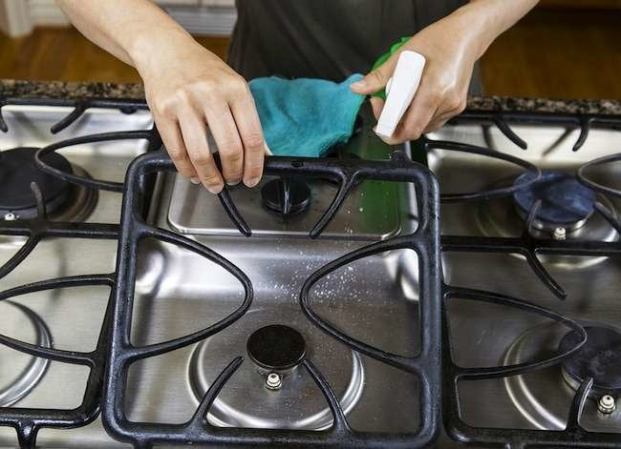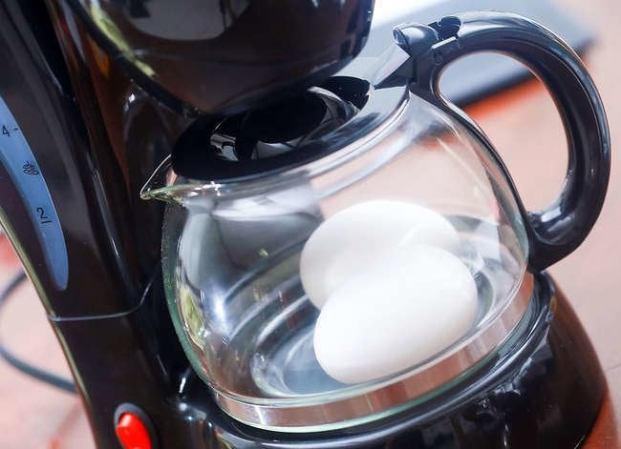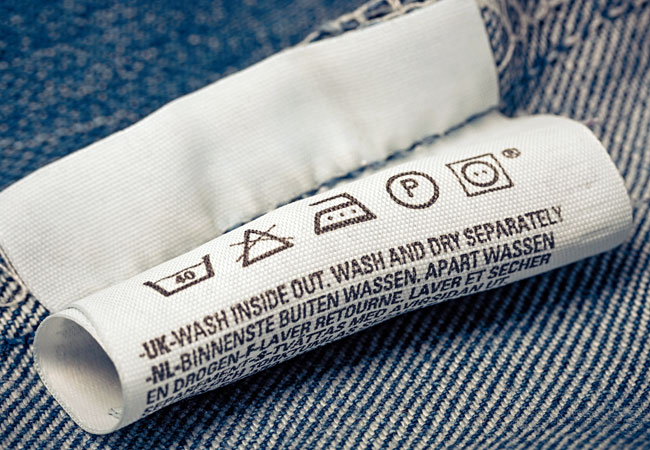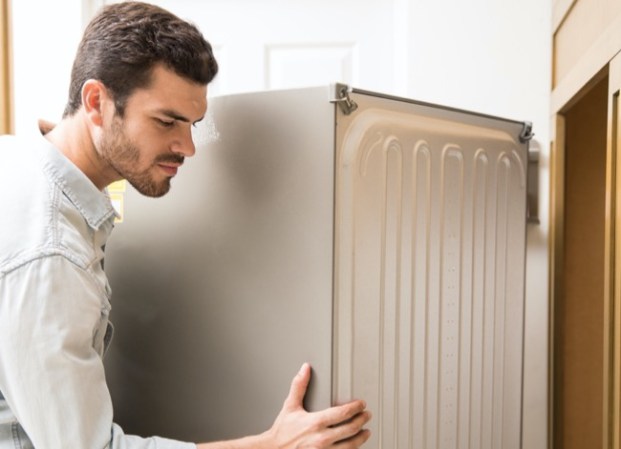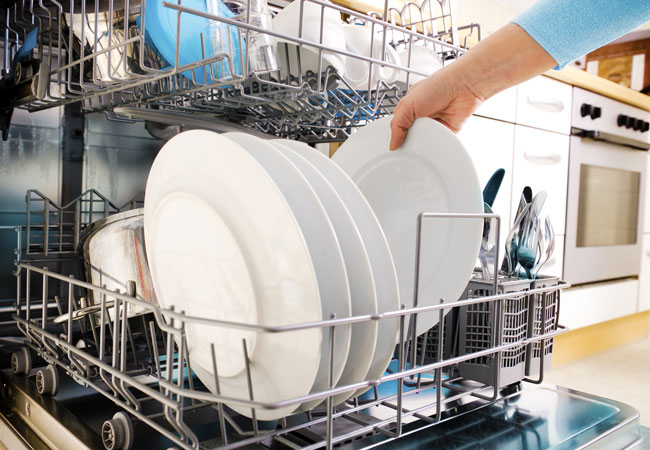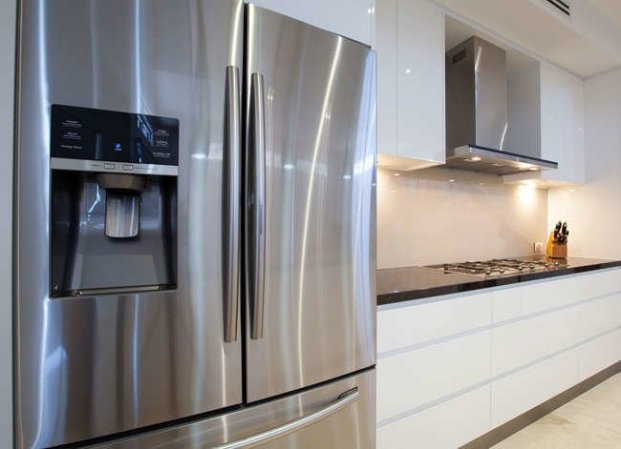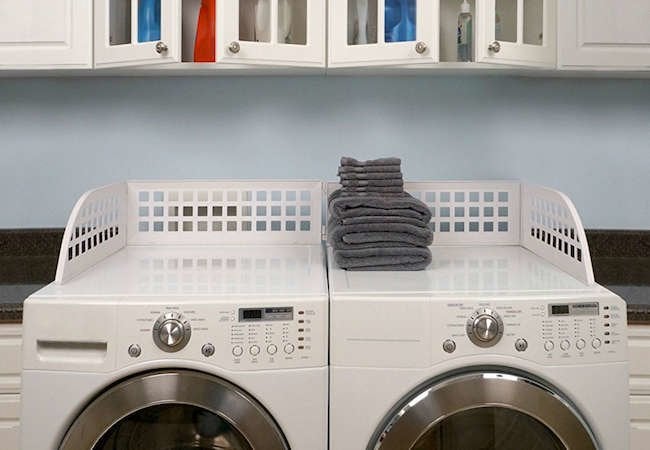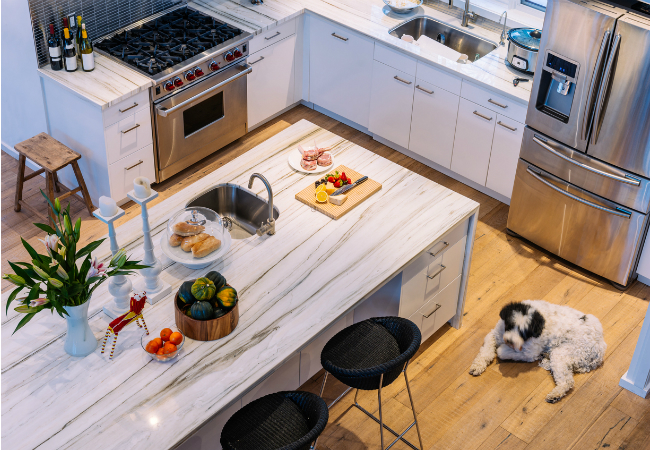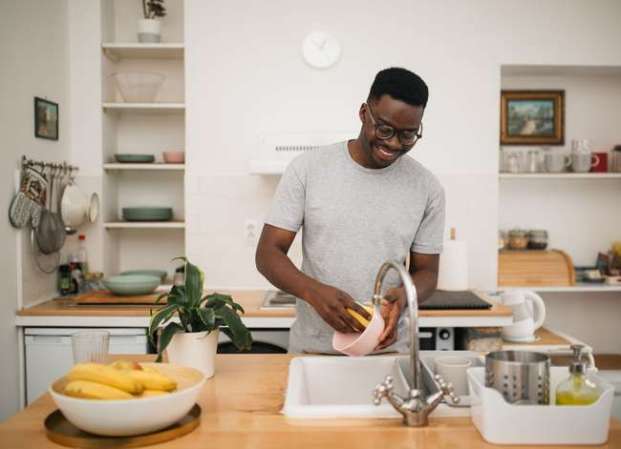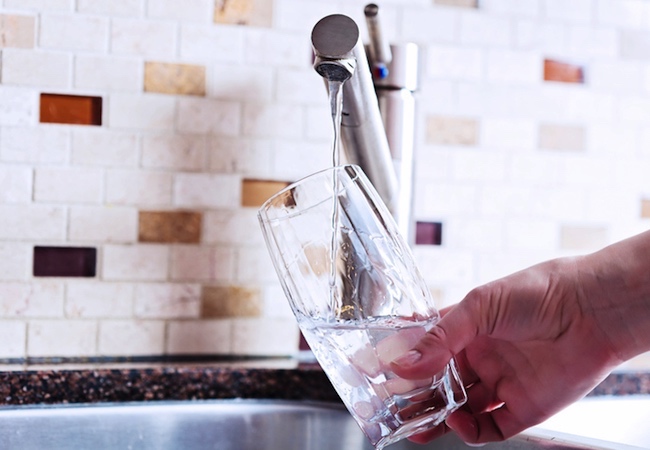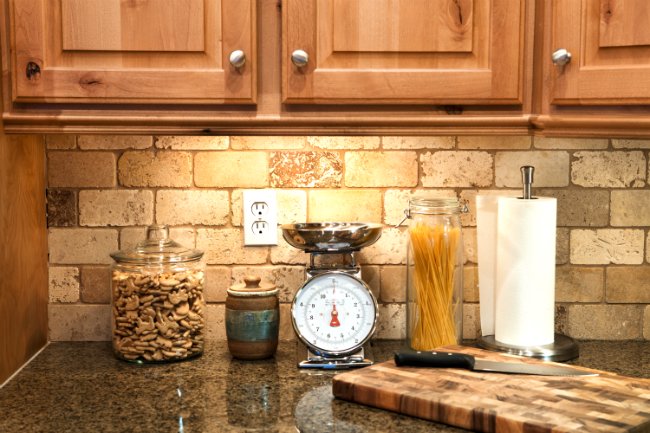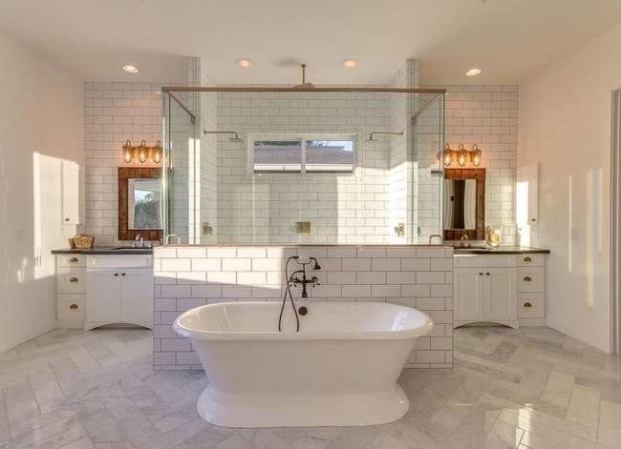We may earn revenue from the products available on this page and participate in affiliate programs. Learn More ›
Victrola Record Player (1906)
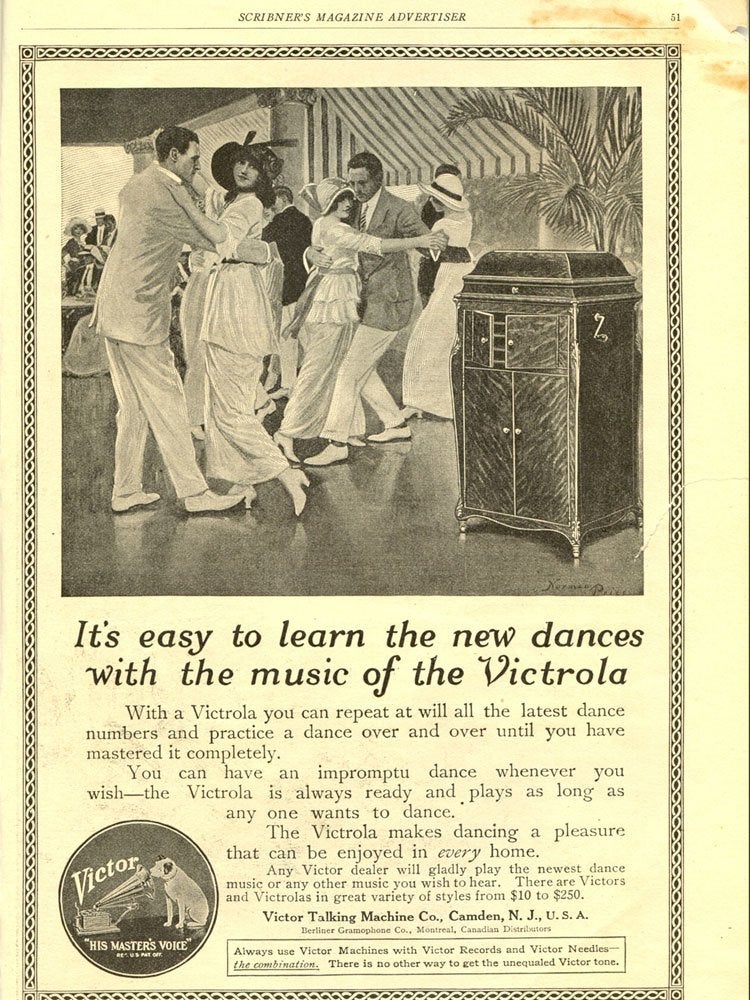
In 1906, the Victor Talking Machine Company introduced the Victrola, a new advancement in the phonograph. In previous models, the turntable and amplifying horn were exposed. In the Victrola, these working parts were concealed behind a handsome wood exterior. The result was something that looked more like a piece of furniture than an industrial machine, which contributed to its surge in popularity in American homes. Today’s music lovers, even those who take their music wherever they go, can thank this innovative record player for starting the trend of bringing tunes a little closer to home.
Related: Better Your Builder-Grade Home with 12 Old-House Details
Thor Washing Machine (1908)
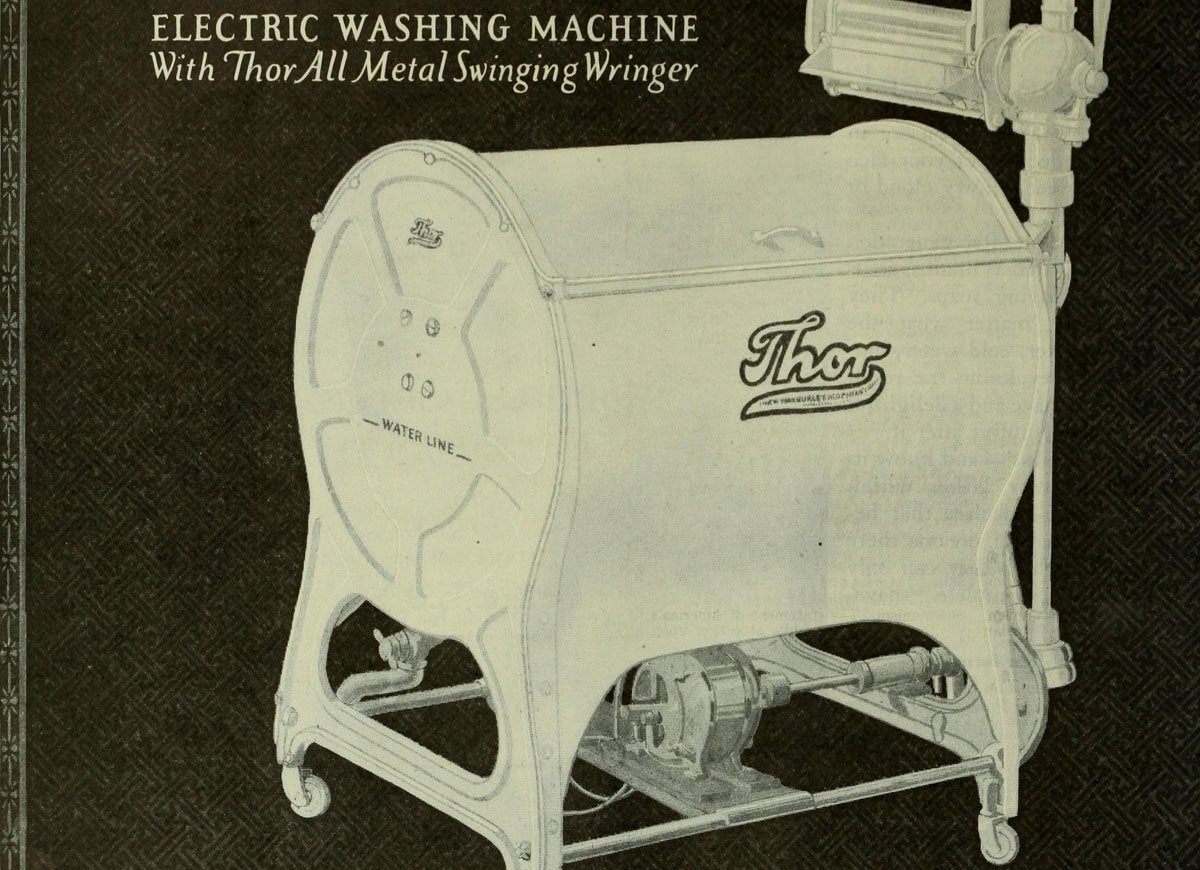
Say hello to America’s first washing machine! The Thor Washing Machine was the first electric-powered washing machine to be manufactured and sold on a large scale in the United States. Its rotating tub, which automatically switched directions to prevent clothes from bunching together, was a great improvement over earlier machines that were powered by either humans or gas engines. Other companies like Maytag and Upton Machine Co. (later the Whirlpool Corporation) soon added their inventions to the marketplace, and within 10 years electric dryers became available to anyone able to splurge on the household luxury.
Related: The 10 Best Things You Can Buy for Your Laundry Room (for Under $50)
Hoover Electric Suction Sweeper (1908)
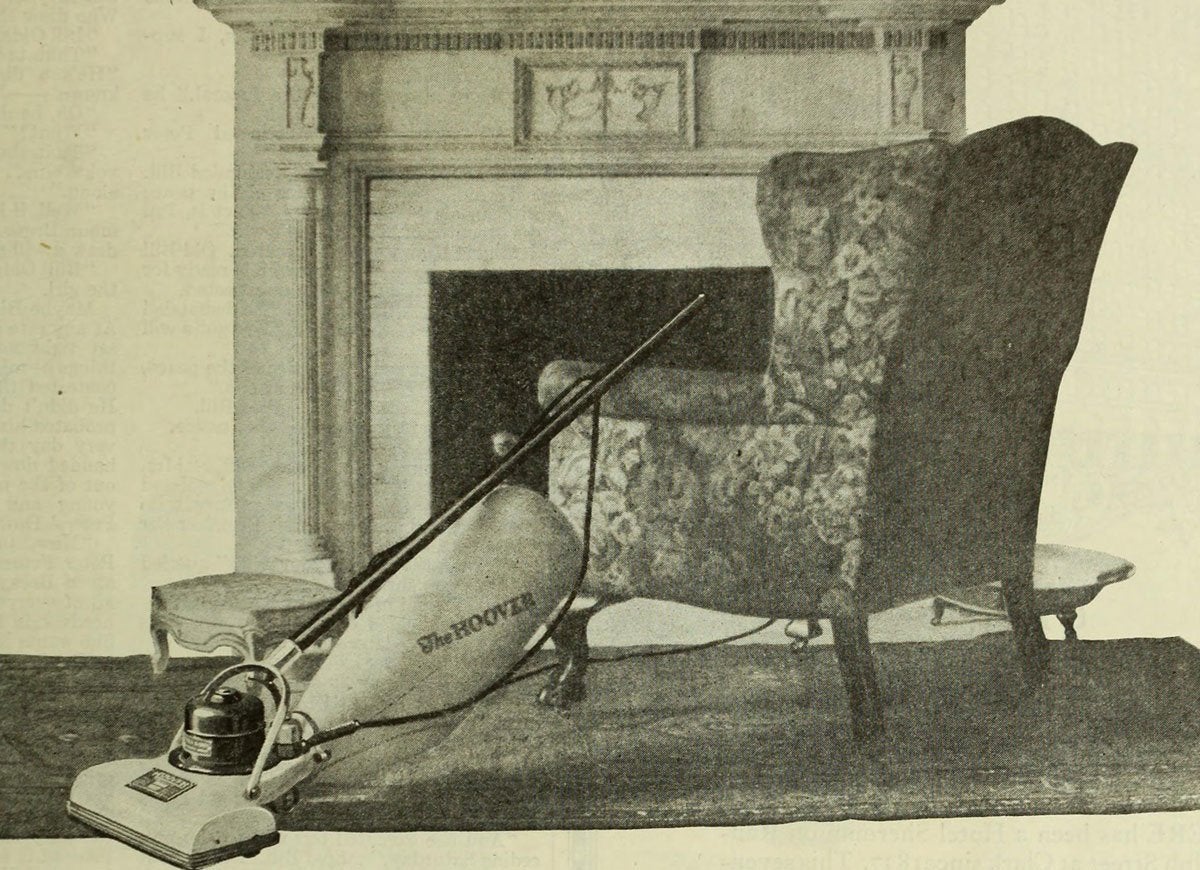
The world’s first upright vacuum was invented in 1908 by a department store janitor named James Spangler. Inspired by commercial cleaners available at the time, Spangler created his lighter, more portable model with the residential market in mind, and investors took notice. Soon after the Electric Suction Sweeper Company came into being, it was purchased by a businessman looking to get into a new industry. William Hoover bought the vacuum company and became, perhaps, the most recognizable name in carpet cleaning history. From Hoover to Dyson and beyond, today’s upright vacuums still rely on the same concept of beating, sweeping, and suctioning dirt out of rugs and carpets all over the world.
Model D-12 Electric Toaster (1909)
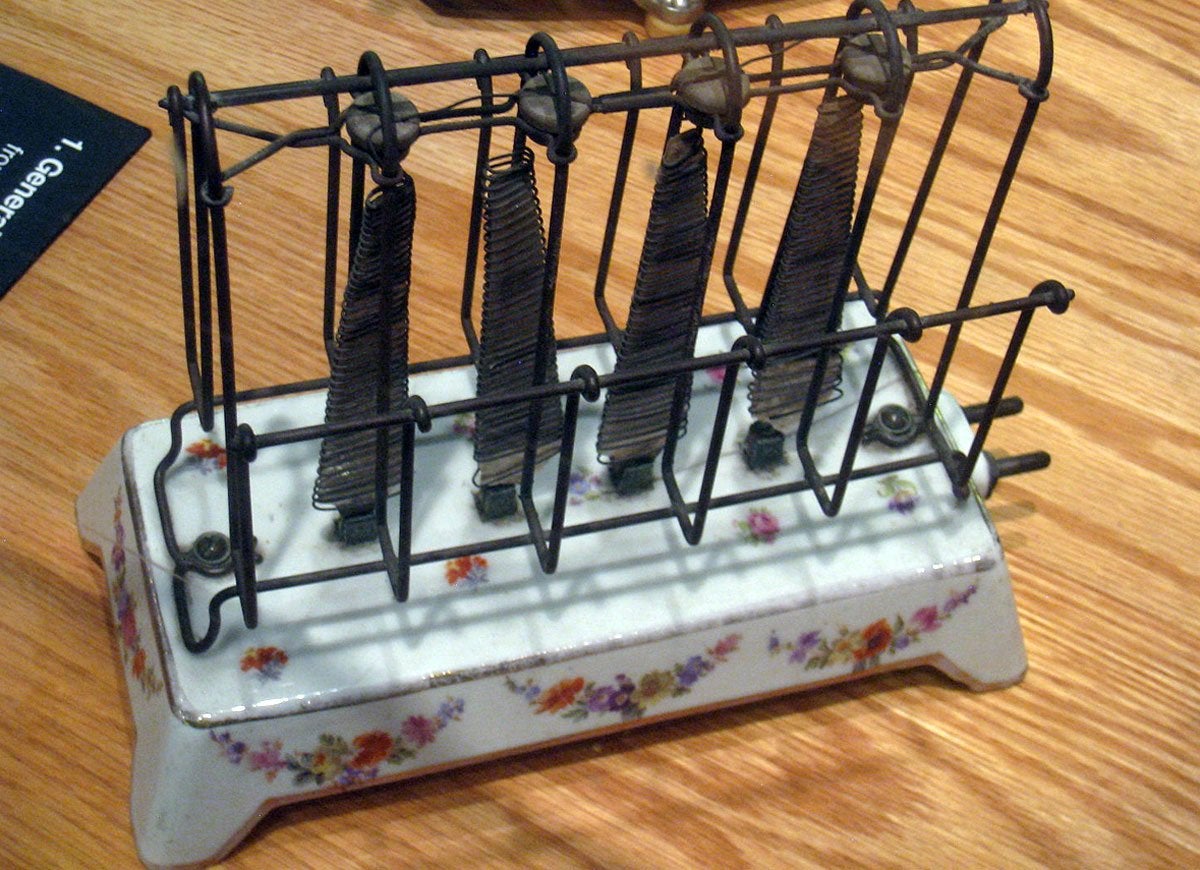
Today, the electric toaster is one of the most common small appliances and is found in almost every American kitchen. But way back in 1909, General Electric’s Model D-12 Electric Toaster was an innovation. For as little as $3, you could own this handy little wonder, whose heating elements were made of Nichrome wire (a nickel-chrome alloy) wrapped around plates of mica. While our modern toasters are enclosed and pop up when the toast is ready, they still operate on the same basic principles.
Universal Percolator (1912)
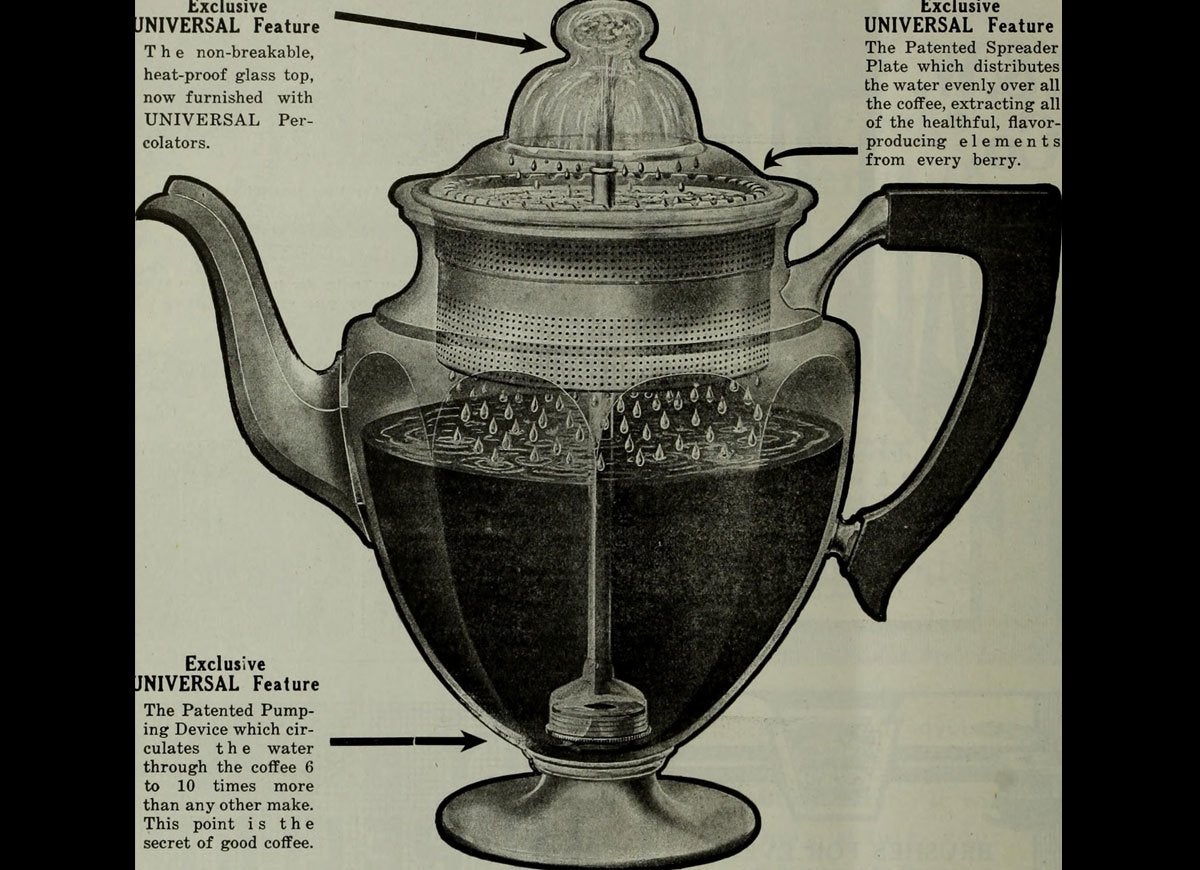
As long as there have been coffee drinkers, there have been people devising new methods for brewing it. Percolators were one such advancement of the 19th century, but all of them were powered by stovetop or campfire. In the early 20th century, electric percolators came onto the scene, and for the first time homeowners could make coffee by plugging into the grid. The Universal Percolator, manufactured by Landers, Frary & Clark, was part of a line of electric household appliances the company designed to make life easier for the American housewife.
Related: 11 Things That Make Any House Feel Old and Outdated
Kelvinator Refrigerator (1918)
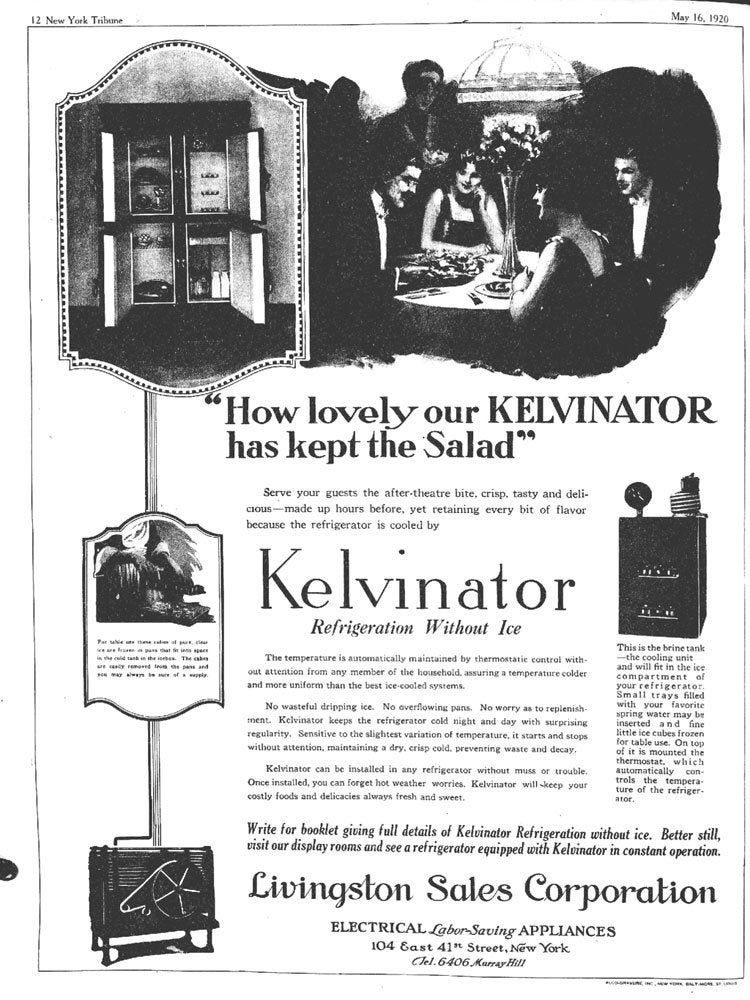
By 1916, there were nearly two dozen domestic refrigerator models on the market in the United States, but the Kelvinator was the first to enter full-scale production. In 1918, Kelvinator produced the first refrigerator with automatic control, and by 1923 the company held 80 percent of the American market for electric refrigerators. So, why is the name not familiar today? The Kelvinator Company merged with Nash Motors in 1937, which was later folded into American Motors (AMC). Electrolux now owns Kelvinator, which is still marketed in such places as the Philippines and Argentina.
Boss Glass Door Oven (1909)
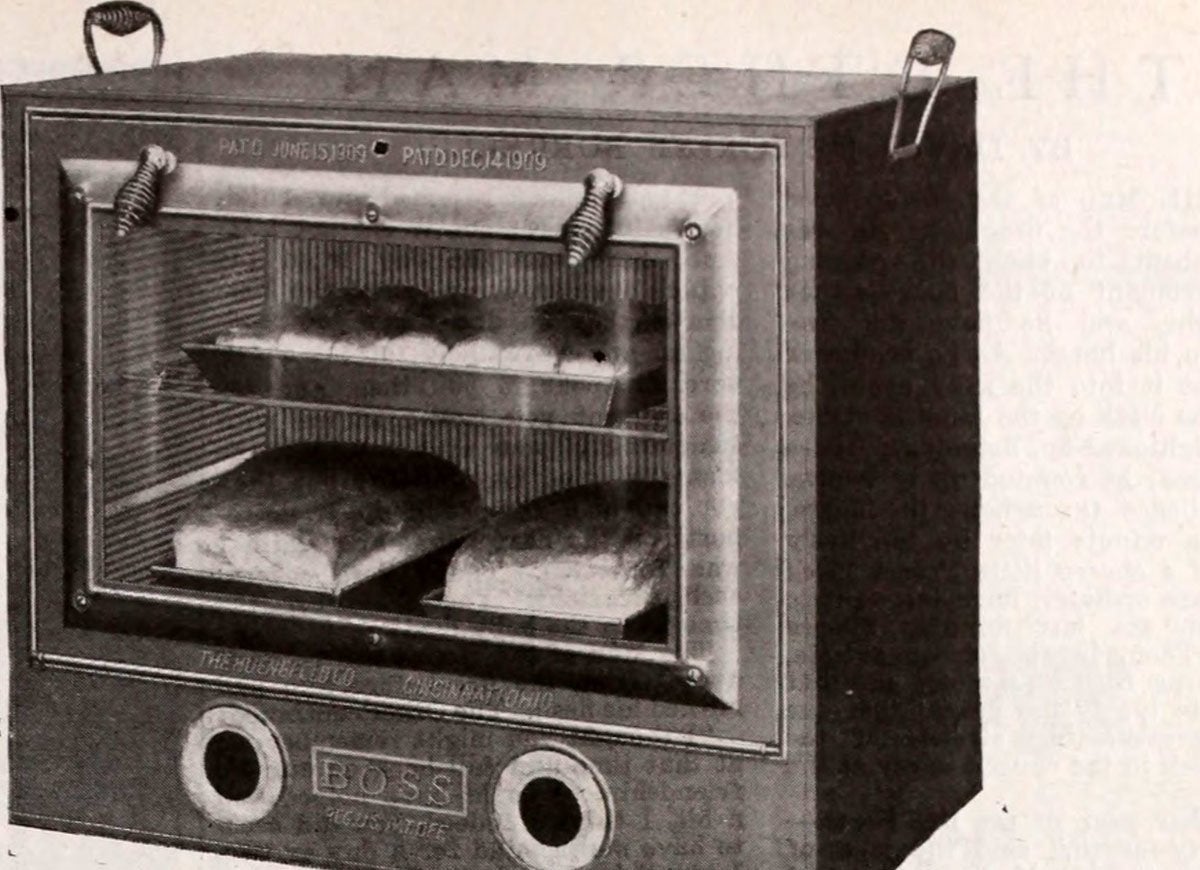
We now take it for granted that we can see what’s cooking, but the first ovens offered no view of what was going on behind the door. Introduced to the market in 1909, the Boss Glass Door Oven was touted as a great advancement that would guarantee perfect cakes and properly done roasts, because you could watch every minute of their progress. This was certainly an innovation, but as most cooks have better things to do in the kitchen than standing around watching the turkey cook, maybe a built-in timer would have been a good idea too?
Related: 12 Kitchen Trends You Might Regret
AGA Cooker (1922)
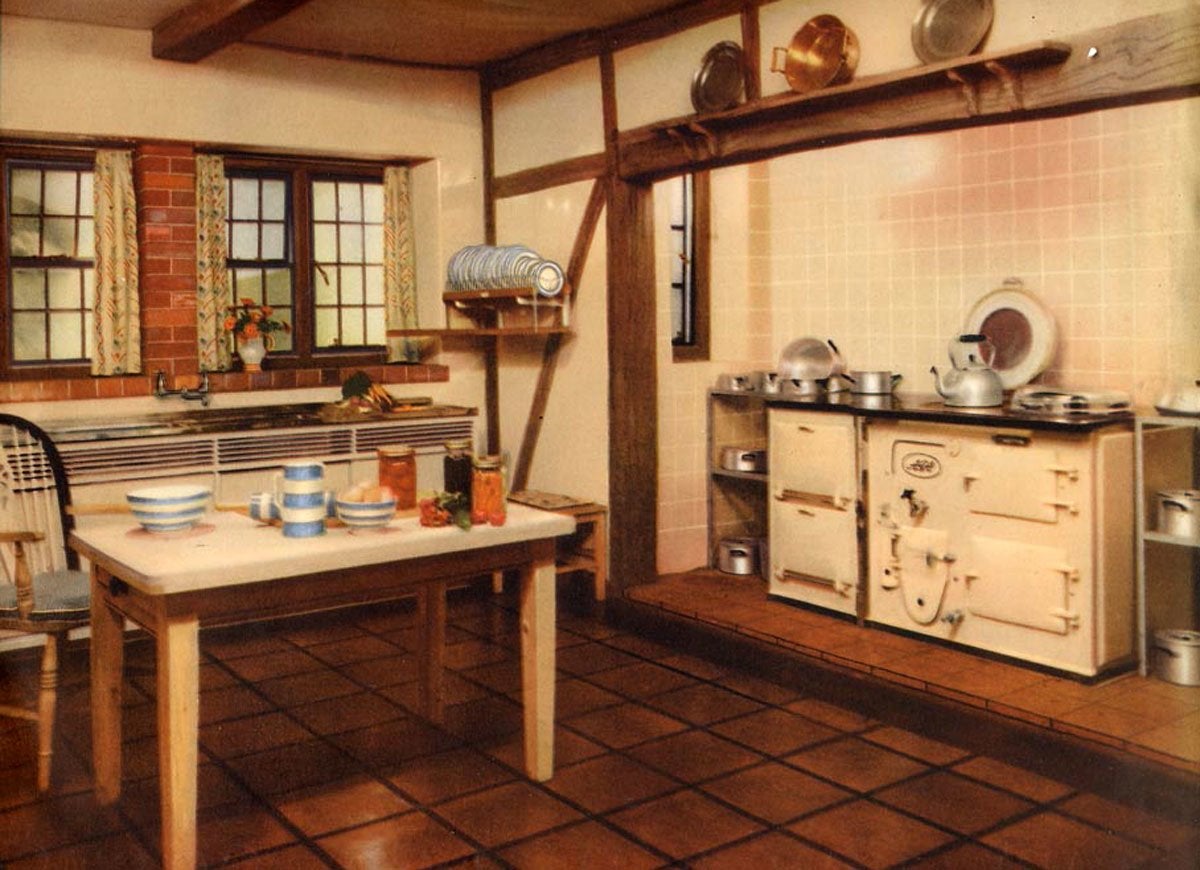
The AGA cooker was invented in 1922 by Swedish physicist Gustaf Dalén. Constructed of cast iron, it was a technological advancement at the time, using heat storage from slow-burning coal to power its ovens and cooktop. There was never a fire to make or tend—the AGA was always ready to use. The AGA is still produced today but criticized for its energy inefficiency. A modern range uses less than 3 percent of the fuel an AGA requires.
Related: 12 Vintage Kitchen Features We Were Wrong to Abandon
General Electric "Monitor Top" Refrigerator (1927)
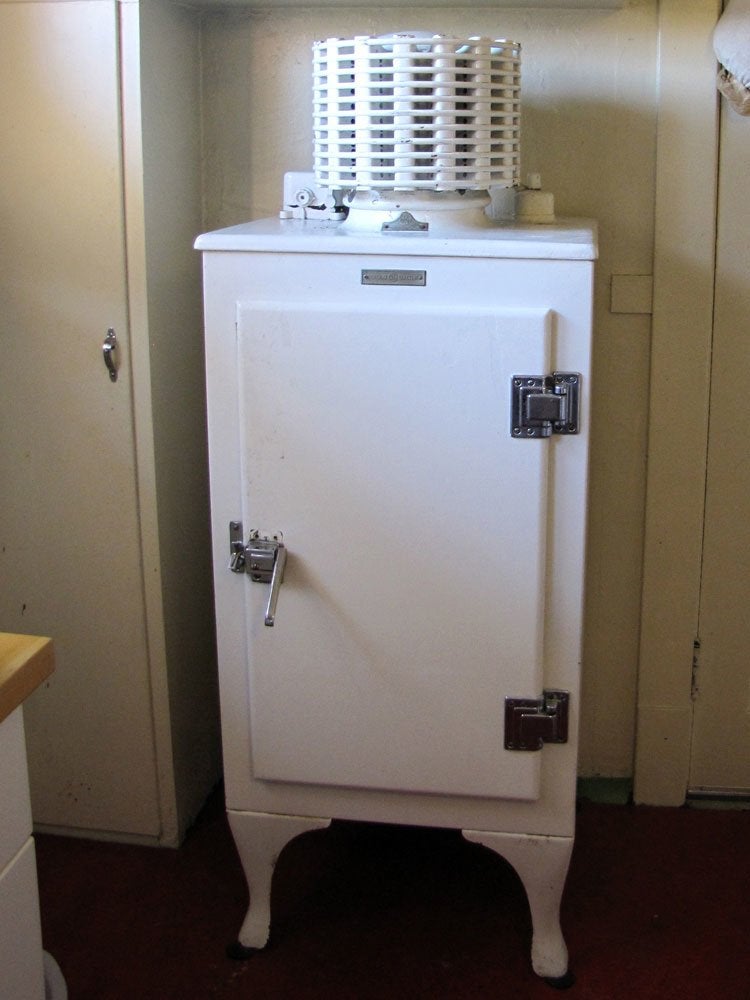
In 1927, General Electric introduced the first all-steel refrigerator cabinet, the iconic Monitor Top, which soon made the company the industry leader. Electric refrigerators revolutionized the way Americans purchased, prepared, and stored their food. Sure, today’s refrigerators can make ice, dispense water, and be operated from smartphones, but in the early part of the 20th century, just being able to keep food for long periods without spoiling must have seemed like a small miracle.
Sunbeam Mixmaster (1928)
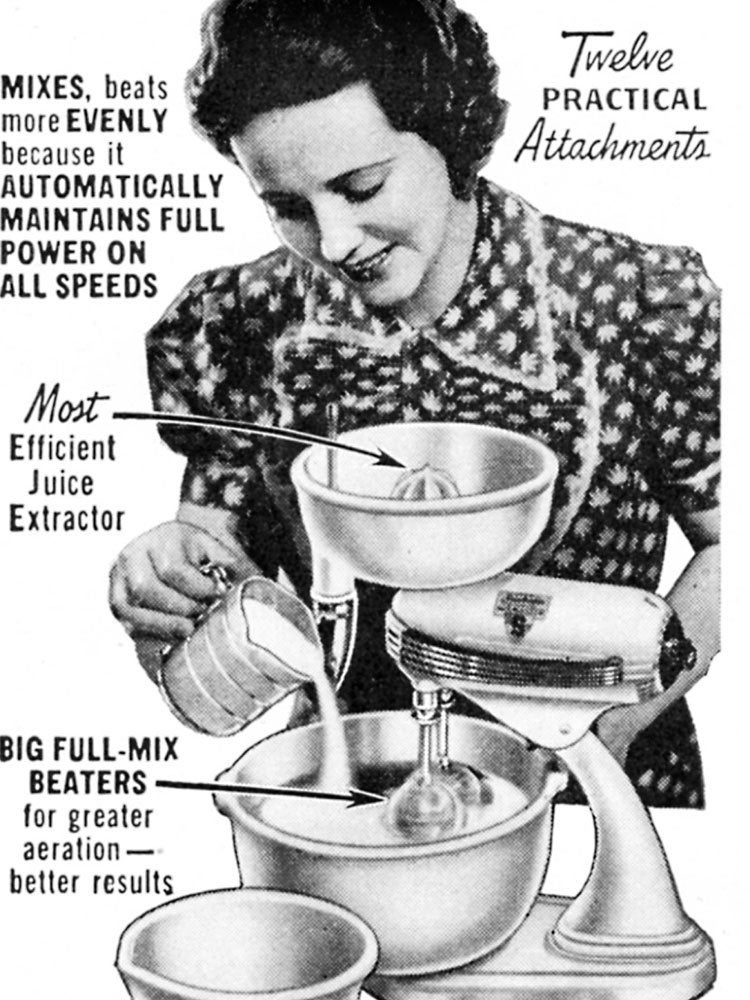
Invented in 1928 and introduced to the market in 1930, the Mixmaster reigned as Sunbeam’s flagship product for the next 40 years. It was the first mechanical mixer with detachable blades that interlocked—a design still used by many modern mixers. Sunbeam still sells Mixmasters of both the stand and handheld variety.
Related: 18 American Towns Every Old-House Lover Needs to See
Waring Blendor (1937)
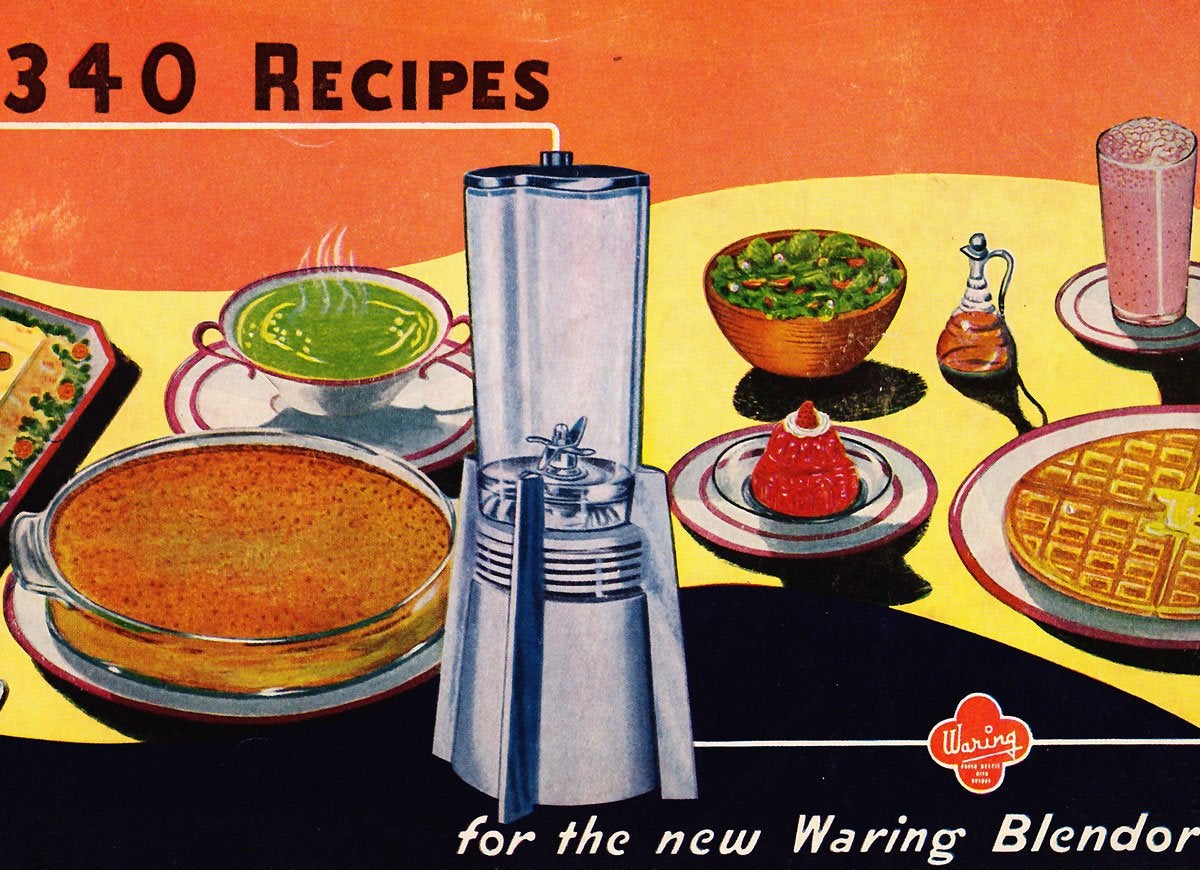
Waring introduced its first “Blendor” to the United States in 1937. Originally marketed as the “Miracle Mixer” and intended to be a bartender’s aid, the appliance has become an American household staple. Waring still makes blenders for home cooks, pros in commercial kitchens, and even scientists working in the lab.
